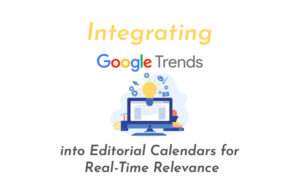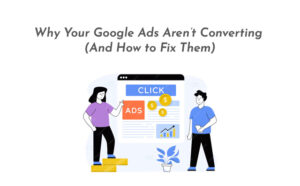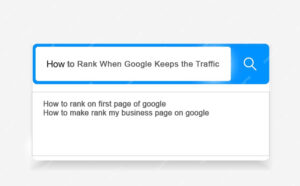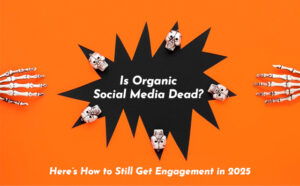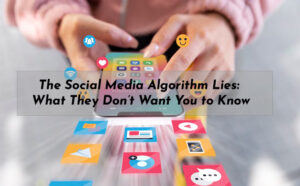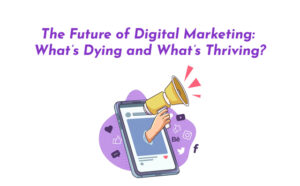Why Do Some Posts Go Viral While Others Die in Silence?
You’ve probably seen it happen. A random video, tweet, or blog post explodes overnight, racking up millions of shares. Meanwhile, your well-thought-out, high-quality content barely gets a few likes.
What’s the secret? Is it luck? Timing? The algorithm?
No. It’s psychology.
The content that goes viral doesn’t just happen—it triggers something in the human brain that makes people want to share it. If you can understand these psychological triggers, you can create content that gets shared like wildfire. Let’s break it down.
1. The Emotional Hook: Viral Content Makes You Feel Something
Ever wonder why heartwarming stories, funny memes, or outrage-fueled posts spread like wildfire? Because they tap into strong emotions.
The Science Behind It:
Research from the University of Pennsylvania found that high-arousal emotions (like awe, anger, or joy) make people more likely to share content. On the flip side, neutral or mild emotions don’t trigger action.
How to Use This in Your Content:
✅ Make people laugh – Memes, witty one-liners, or funny videos drive engagement.
✅ Spark awe – Share surprising facts, groundbreaking insights, or inspiring stories.
✅ Trigger outrage (strategically) – Address controversial topics to ignite conversations.
💡 Example: Think about how MrBeast’s viral videos work. Whether he’s giving away millions or pulling off an insane stunt, they trigger shock and awe.
2. Social Currency: People Share What Makes Them Look Good
We share content that boosts our social status. Whether it makes us look smart, funny, caring, or ahead of the curve, we hit ‘share’ because it reflects positively on us.
You would like to read: The Social Media Algorithm Lies: What They Don’t Want You to Know
The Science Behind It:
Jonah Berger, author of Contagious: Why Things Catch On, calls this Social Currency—the idea that people share things that make them look good in front of others.
How to Use This in Your Content:
✅ Share surprising stats – People love to drop mind-blowing facts.
✅ Create shareable lists or hacks – “10 Productivity Hacks That Will Save You 10 Hours a Week.”
✅ Post exclusive or ‘insider’ info – Make people feel like they’re part of an elite group.
💡 Example: The “Spotify Wrapped” trend is a genius example of social currency. People share their listening stats because it says something about who they are.
3. Relatability: “This is SO Me!”
People share content that reflects their personality, struggles, or daily experiences.
The Science Behind It:
According to psychology studies, people are more likely to share content when they see themselves in it. That’s why relatable memes, tweets, and videos get massive engagement.
How to Use This in Your Content:
✅ Tap into common experiences – “That moment when you send an email and forget the attachment.”
✅ Use humor & nostalgia – People love sharing things that remind them of their past.
✅ Speak their language – Use tone, slang, or references your audience relates to.
💡 Example: TikTok creators like Khaby Lame built an empire with relatable, wordless reactions. His success? Simplicity + universal human experience.
4. The Power of FOMO: “I Can’t Miss This”
Fear of Missing Out (FOMO) is one of the biggest drivers of virality. If people feel like they need to act fast—or risk being left behind—they share content instantly.
The Science Behind It:
FOMO is wired into our brains. Studies show that scarcity and urgency increase engagement and sharing.
You would like to read: Is Organic Social Media Dead? Here’s How to Still Get Engagement in 2025
How to Use This in Your Content:
✅ Time-sensitive offers – “Only 24 hours left to claim this freebie!”
✅ Exclusive content – “Only our followers get access to this secret strategy.”
✅ Breaking news & trends – Share real-time insights so people feel like they’re ‘in the know.’
💡 Example: Crypto and NFT communities thrive on FOMO. The second a new project drops, everyone rushes to share so they don’t miss out.
5. Practical Value: “This Is Useful, I Have to Share It”
Sometimes, content goes viral because it’s just that useful. If something helps people save time, money, or effort, they’ll share it.
The Science Behind It:
Berger’s research found that practical, “how-to” content is one of the most shared content types.
How to Use This in Your Content:
✅ Make it actionable – “How to get 10,000 Instagram followers in 30 days.”
✅ Use listicles & step-by-step guides – People love easy-to-digest info.
✅ Offer free tools or templates – Give them something valuable they can’t resist.
💡 Example: BuzzFeed’s “Tasty” recipe videos go viral because they’re short, visual, and super practical.
6. Storytelling: People Share Stories, Not Facts
Facts inform. Stories inspire. If you want people to remember and share your content, tell a powerful story.
The Science Behind It:
Neuroscience shows that storytelling activates more areas of the brain than raw data. A good story creates emotional connections and makes content more memorable.
How to Use This in Your Content:
✅ Share personal journeys – “How I built a 6-figure business from my garage.”
✅ Use customer success stories – Real results build trust & inspire sharing.
✅ Create suspense – Keep people hooked until the end.
💡 Example: Nike’s ads aren’t just about shoes. They tell compelling athlete stories that inspire millions.
Final Thoughts: The Viral Formula
✅ Trigger strong emotions (joy, anger, awe)
✅ Tap into Social Currency – make people look good
✅ Make it relatable & shareable
✅ Use FOMO & urgency
✅ Deliver practical value
✅ Tell a compelling story
Want to create viral content? Don’t focus on algorithms—focus on psychology. 🔥
💬 What’s the last piece of content YOU shared? Why did you share it? Let’s discuss in the comments!


